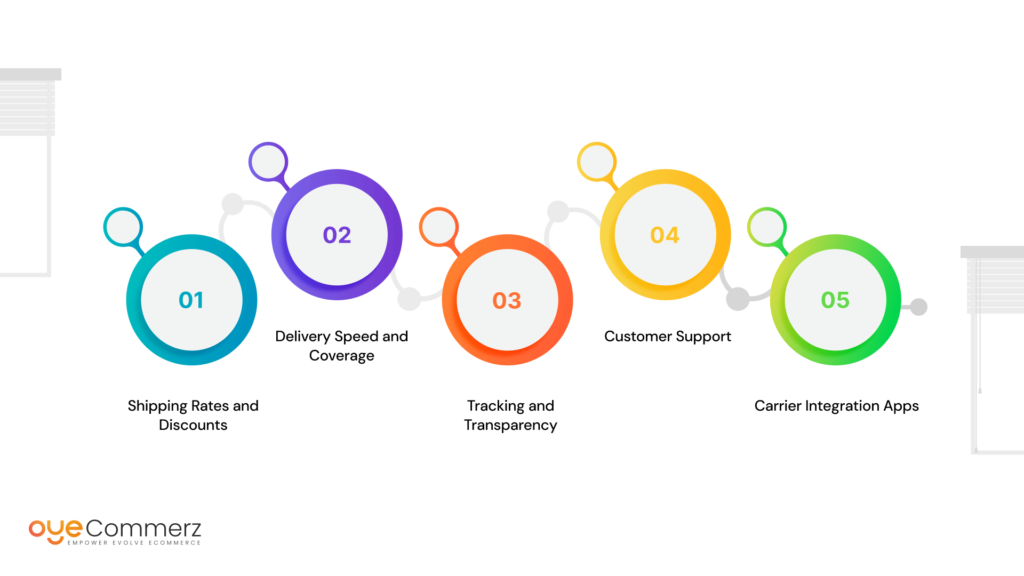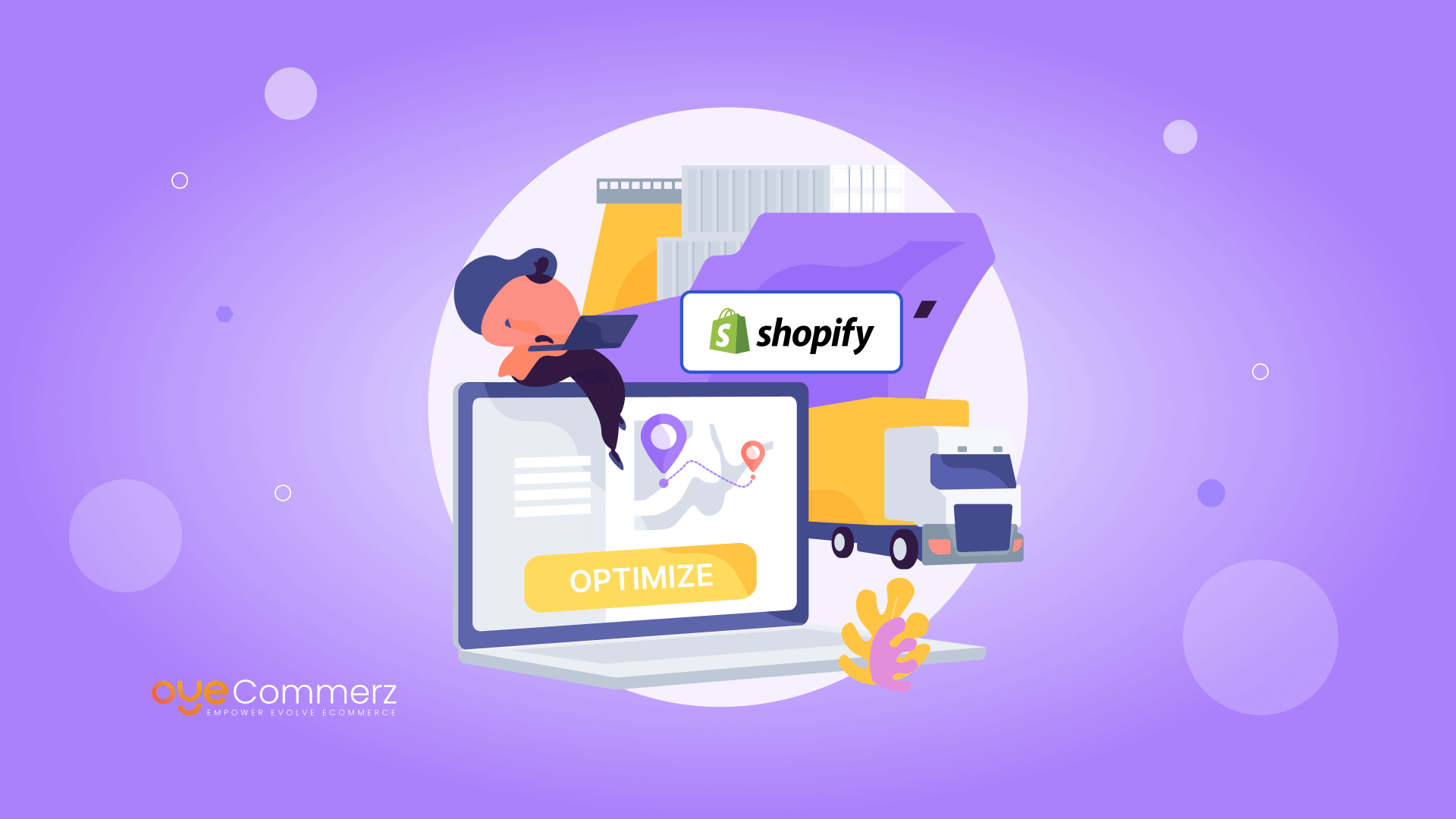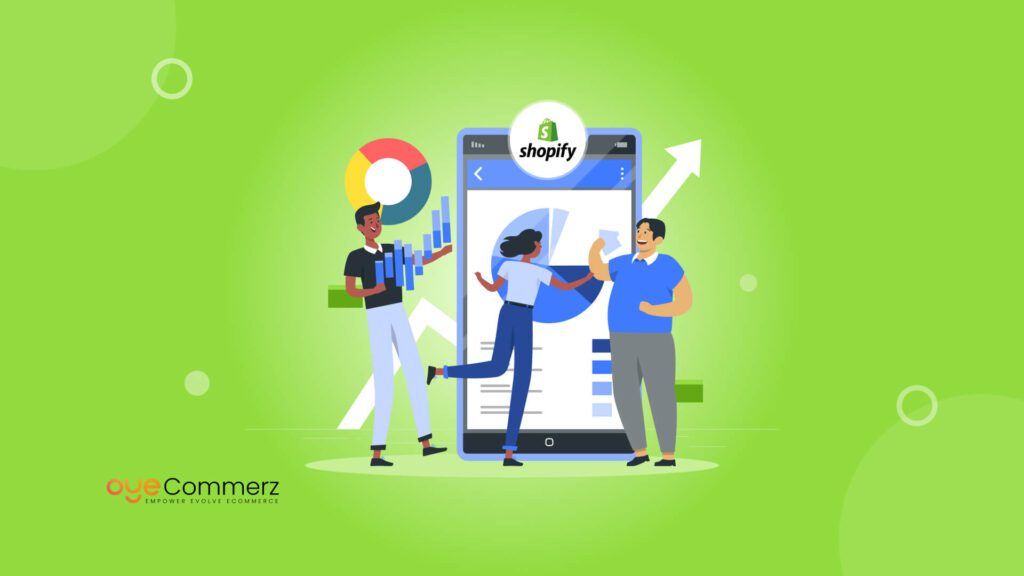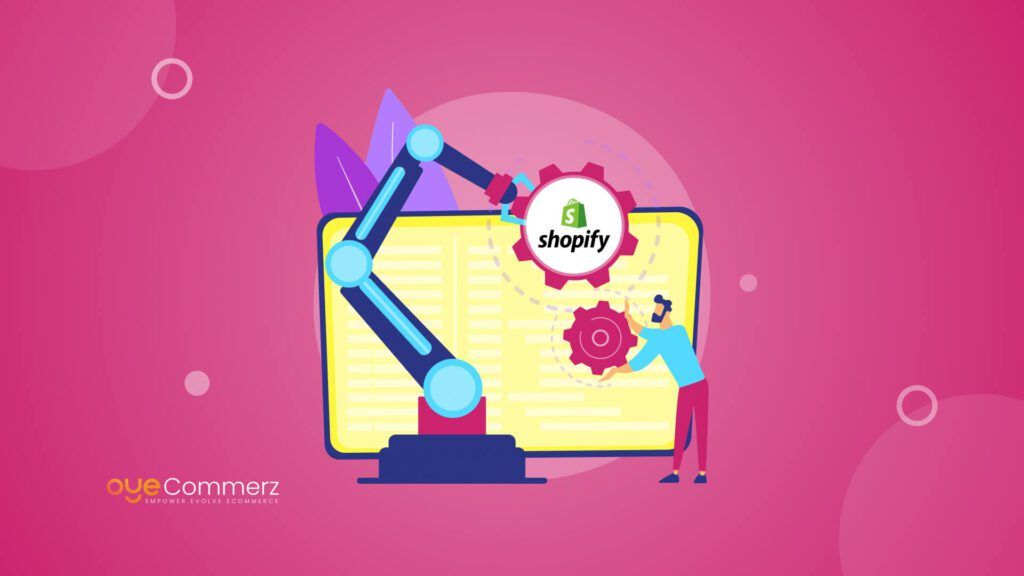The sense of urgency in eCommerce is high and therefore, creating a perfect shopping experience is rather a must. Shipping is one of the most important factors that are considered during this experience. If you are an eCommerce business owner who uses Shopify, understanding how to manage shipping integration will translate to better operation, saving money, and your client’s satisfaction.
Nonetheless, most Shopify stores face numerous problems like shipping, changing price rates, and complicated carrier connections. This guide is therefore intended to assist you in overcoming these challenges by offering tested techniques on how to achieve the best in Shopify shipping integration solutions that will make your business flow effectively while satisfying your clients.
Table of Contents
ToggleExploring Shopify Shipping Integration Tools
To get into more depth with the use of Shopify in shipping, it is necessary to determine which features have already been equipped by Shopify. While Shopify offers robust built-in shipping tools, businesses looking to further optimize their operations can benefit from Shopify API integration. Shopify has a multitude of integrated applications that allow it to have comprehensive easy-to-use shipping solutions for most businesses.
Shipping Zones and Rates: There are locations where merchants can set tariffs and this is made possible through the shipping zones in Shopify. Fixed ground shipping rates depend on the amount of money or the weight you choose to meet your business requirements.
Carrier Calculated Shipping: This is an advanced feature that can only be accessed by customers subscribed to higher plans; the shoppers here are synced with carriers including USPS, UPS, FedEx, and DHL whereby they get to offer customers real-time shipping rates at the time of purchase.
Shopify Shipping: Shopify Shipping is available in selected areas and it enables a business to buy shipping labels at a discount directly from admin and avoid the use of outside shipping accounts.
Custom Shipping Profiles: Using the shipping rules feature, Shopify also enables merchants to set particular guidelines regarding shipping for distinct goods or product categories. This is useful in a situation whereby different products/brands have different shipment needs e.g. if some products take up a lot of space, or are easily breakable.
Choosing the Right Shipping Carrier Integrations

Choosing the appropriate shipping carrier integration makes a big difference to your Shopify store’s shipping satisfaction. When selecting the wrong carrier, the cost becomes high, there will be delays, and ultimately the customers will not be satisfied with the services as expected. To make an informed decision, consider the following key factors:
Shipping Rates and Discounts
Each carrier has set its tariffs depending on the weight, size of the package, and the final destination. This means that you can calculate the rates of different carriers instantly and go for the most economical to opt for. Some of the factors for choosing third-party apps involve flexibility and use of multiple carriers and some of the most common are Shippo or Easyship.
Delivery Speed and Coverage
Depending on the type of customer and amount of orders you experience, you might need a carrier that will provide constant and rather fast delivery services throughout different zones. Last but not least, international shipping can also be a little challenging, so please make sure the carrier offers adequate coverage, especially for global shipping, and is fairly priced for the said services.
Tracking and Transparency
Today’s customers give shippers the mandate to keep them updated on what is happening to their consignments. Select those carriers that offer real-time tracking information because it is easy to share with your customers through your Shopify store. Shopify users are free to customize most of the apps and also includes email notifications with tracking details for improving the experience of the customers.
Customer Support
When choosing a carrier to work with, you should always ensure that the latter provides adequate customer service. There is always a chance that problems with shipping will occur—and having a solid contact to go to will save you lots of time and your customers from disappointment.
Carrier Integration Apps
Carrier integration apps featured in Shopify’s App Store include ShipStation, AfterShip, and Ordoro for automating shipping processes and comparing rates for shipping labels. To speak more about each one of them, let me give you some information and tips on how to choose the appropriate app for your type of business, its needs and further scalability in terms of shipping optimization.
However, these integrations require a deep understanding of Shopify’s ecosystem. Mastering Shopify API Integration allows you to connect seamlessly with these apps, ensuring smoother operations and real-time tracking for better customer satisfaction.
6 Best Practices for Shopify Shipping Integration

To ensure your Shopify shipping process is as efficient as possible, here are six key strategies to consider:
1. Utilize Automated Shipping Solutions
- Automation plays the most crucial role when it comes to experiencing growth within the eCommerce industry. Shopify offers third-party apps within its ecosystem that assist in shipping processes such as creating shipping labels to providing information to customers regarding the status of the shipment.
Embracing automation is critical to scaling your shipping operations efficiently. A report from McKinsey & Company suggests that automation in shipping can reduce logistics costs by up to 30%, allowing businesses to reinvest those savings into growth strategies. Several shipping apps are designed to help eliminate errors, and delivery time and provide real-time shipping options that include the ShipStation, Pirate Ship, and Easyship.
2. Leverage Real-Time Carrier Rates
- Making real time carrier rates available at the time of order placing, is the most appropriate technique of ensuring that you are not overcharging or undercharging your clients for shipping. Offering real-time carrier rates can significantly reduce the risk of cart abandonment. According to Statista, 48% of customers abandon their shopping carts due to unexpected shipping costs, making accurate shipping rate calculations vital to increasing conversions.
This makes the surprise of seeing extra charges that relate to shipping, something that improves on conversions since cart abandonment is minimized.
3. Offer Multiple Shipping Options
- Consumers are increasingly becoming selective in their choice of shipping options to be used in the current times. If you offer standard, express, or same-day shipping then you meet different customer demands at a go. Some customers may opt for a cheaper and longer shipping method whereas others will be willing to spend more to receive it promptly.
Ensure that your shipping integration enables you to give multiple shipment options based on the carrier’s services made available.
4. Define Shipping Rules and Specific Profiles
- In other words not all the products sold may necessitate the same mode of transportation. With the help of Shopify, you are able to set up the particular shipping rates based on the types of products. For instance some products might be large or delicate and might require special means of transport.
Apply specific shipping rates on these products to prevent common mistakes when calculating shipping charges near the check out stage. With the help of advanced shipping profiles, it is possible to split your items that may need specific packaging, dealing with, or shipment approaches.
5. Use Fulfillment Centers or Third-Party Logistics (3PL)
- Thus, organizing deliveries can pose a challenge for companies with a large number of orders especially when this has to be done internally. This is the place where the third-party logistics (3PL) service come in handy. Most of the 3PL providers work directly with Shopify where they undertake tasks such as storing, packaging, shipping and managing returns.
These service centres for example ShipBob and Red Stag easily connect with Shopify and it can take some of the burdens off your hands so that you can concentrate on other issues of the business. But outsourcing your fulfillment can actually decrease your rate of shipping mistakes, make delivery time faster, and give you the opportunity to get better carrier rates.
6. Improve Packaging and Enhance Shipping Expenses
- Probably, that is why packaging plays a critical role in shipping costs since various carriers base the costs on DIM pricing. Dimensions-based pricing refers to the fact that the size of a package in the context of its length, width and height determines its overall cost of shipment and that packages with large dimensions but small weights cost more than say small packages with large weights. In particular, make sure that the packaging chosen is the smallest and lightest possible for your products.
There are several shipping integration applications that can facilitate the shipping process by providing the user with package optimization options that can considerably cut costs and limit wastage by recommending the most suitable packaging for a given order.
Things To Remember
Enhancing the Shopify shipping integration is a process that should involve planning and one’s understanding of the firm’s shipping needs. Here are a few critical points to keep in mind as you implement these strategies:
Test and Refine: Everybody’s shipping requirements are not static; they change depending on the size of your business and therefore, there is always a need to do more testing of the shipping setup. Regulate the performance and analyze carrier rates regularly with the help of clients’ feedback.
Track Metrics: Familiarising yourself with some of the most important shipping parameters, such as shipping costs, delivery time and satisfaction can assist you in optimizing the shipping. Almost all third-party applications or shipping software provide detailed reports which helps them to understand areas that need improvement.
Stay Up-to-Date with Carrier Changes: Carriers can shift their rates or come up with new features that did not exist before. Staying up-to-date with such changes will enable you to make necessary changes in your strategies and be assured you are getting the best rate possible.
Prioritize Customer Experience: It is not enough for online shoppers to crave fast and affordable shipping; customers also demand transparency. Make it easy to get your tracking information and look into returns solutions to make it as easy for the customer as possible.
Test and refine your shipping setup regularly to ensure efficiency. The same goes for payment systems; Mastering Shopify Payment Gateway Integration will help you stay competitive by offering flexible, secure payment options, making it easier for customers to complete their purchases.”
Streamline your Shopify Shipping Process with OyeCommerz!
At OyeCommerz, we specialize in optimizing Shopify shipping integrations tailored to your business needs. From automating workflows and integrating with top carriers to reducing shipping costs and improving delivery speed, our expert team can help you enhance every aspect of your eCommerce shipping. Don’t let shipping inefficiencies slow down your growth. Partner with OyeCommerz Shopify shipping solutions that improve both operations and customer experience.
Contact us today to elevate your shipping strategy and scale your business with ease!
Maximize efficiency with professional Shopify integration services
Conclusion
Shopify Shipping integration is a crucial part of any Shopify store and making improvements to the areas may have a big influence on your profits. Moreover, by making the most of the unique tools provided by Shopify, choosing the correct carriers, automating your processes, and following the tips given in this guide, you will be able to optimize your shipping and, as a consequence, cut the expenses and improve the client’s satisfaction.
Please bear in mind that in the cut-throat business of eCommerce, shipping is a lot more than merely moving products from one location to another – it’s about fulfilling the promise of your brand and creating lifelong customers.




